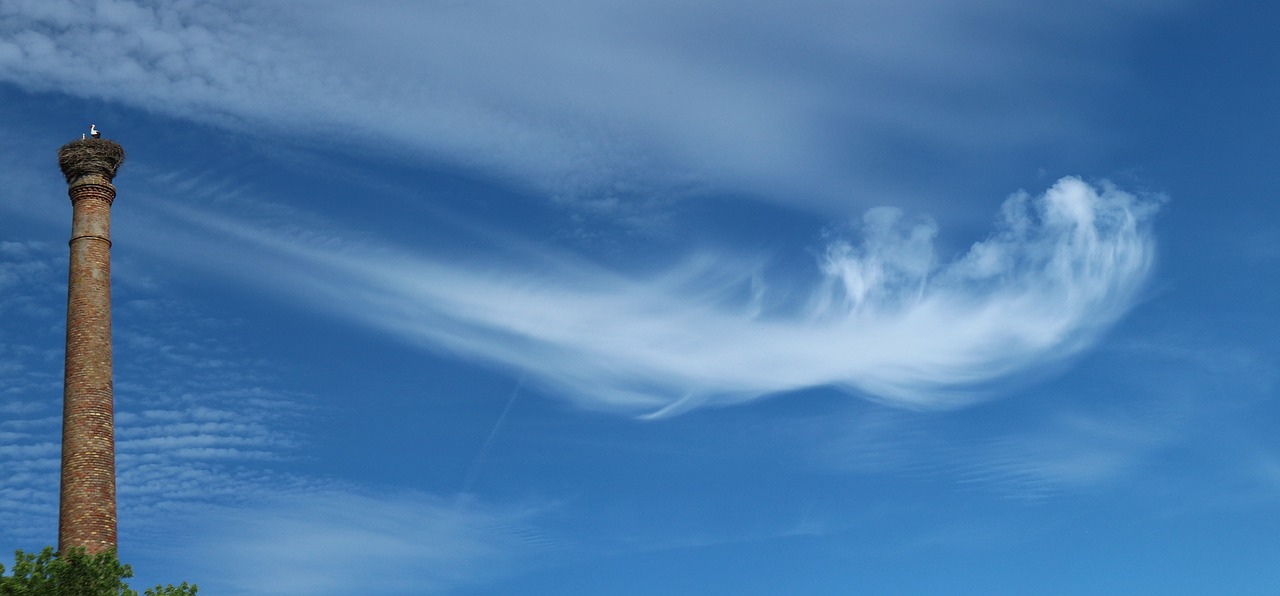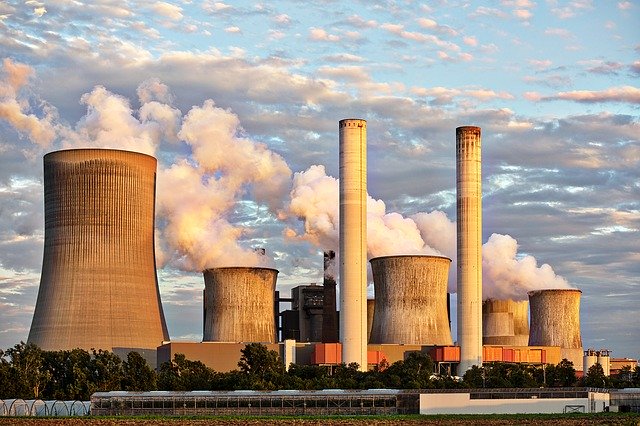Why can chimneys emit smoke?
Chimneys are an important component of architectural buildings. Its history goes back to ancient times. In the 11th century, King Olaf, the third king of Norway, to build a fireplace mounted to a chimney wall at one corner of the palace, was considered a big and documented event. In a monastery in the West of France, up to now, 20 vertical chimneys can be seen on the roof of the kitchen pointing to the sky in harmony with the architecture of the ancient Roman church. Those are the oldest chimneys in the world to this day.
We know that chimneys are used to release smoke. The wall fireplaces and stoves have chimneys when burning charcoal, wood, smoke is quickly pushed out of the house, avoiding people from the intense pain of smoke coming into their noses.
The principle of the chimney’s exhaust emissions is nothing complicated. When the furnace is burned, the air in the furnace expands, the air density becomes smaller, then slowly rises and enters the chimney, and then continues. The hot air had just left, and the air in the furnace became thin. So outside, the furnace rushed in, uninterrupted congestion added. The oxygen came, and the fire in the furnace burned even more. So, in addition to exhausting smoke, the chimney also has a fire function. The intense fire in the furnace caused the air to continue to heat up, forcing the initial hot air to keep going up. When the hot air was pushed out of the chimney mouth, it was much lighter than the cold air around it, it was blown away very quickly. So in the pipeline formed by the furnace and the chimney, a stream of air is formed. Because the cold air is constantly expanding because of the heat and the hot air keeps going up, smoke and other exhaust gases are pushed out.

In general, the higher the chimney, the better the ventilation effect. Because the chimney is relatively high, the gas has enough time to diffuse, thereby making the density of hot air and cold air even bigger. With the increasing momentum of the pressure difference between cold and hot air, cold air entering the furnace, the hot air coming out of the chimney mouth is more and more smooth and smooth.
However, in no case is the chimney as high as possible. The faster the airflow is, the more heat it carries, even because the temperatures drop too much, causing the furnace to shut down. Therefore, when designing the chimney, it must be based on the actual situation, through scientific calculations, to achieve high efficiency.




